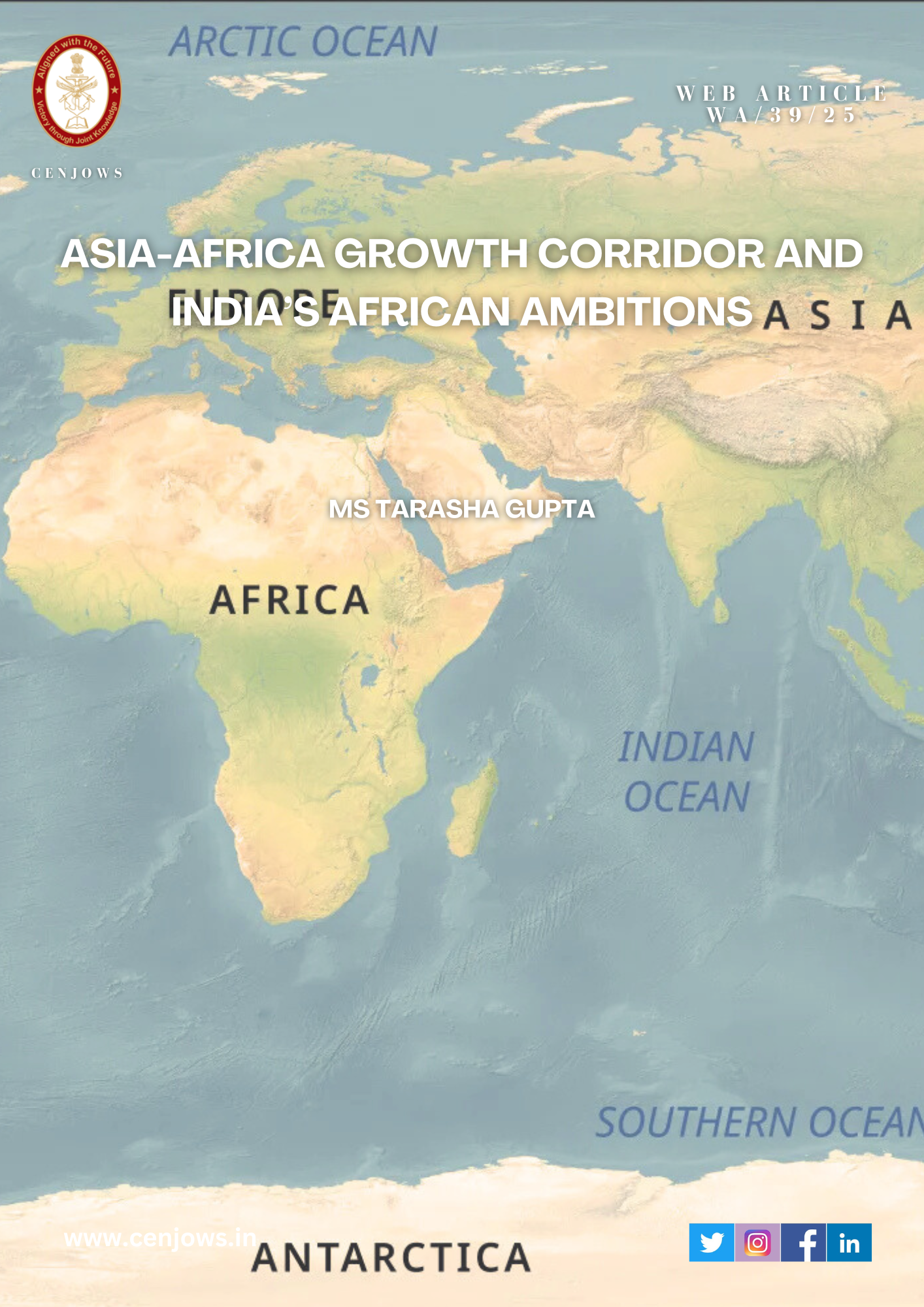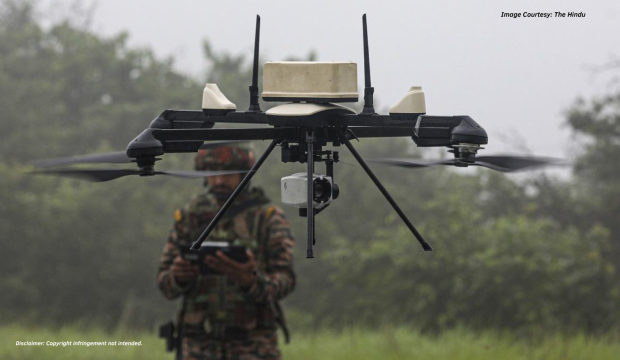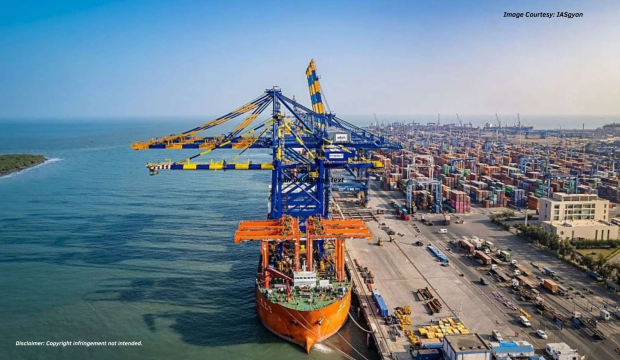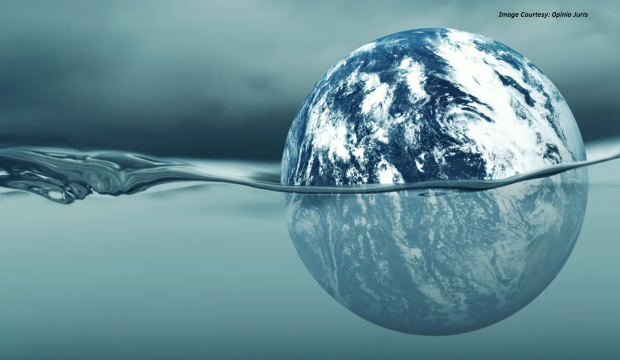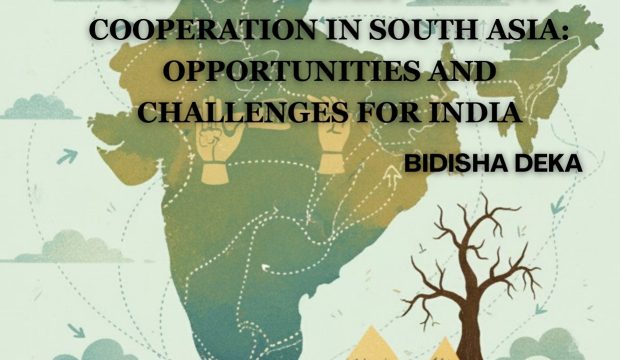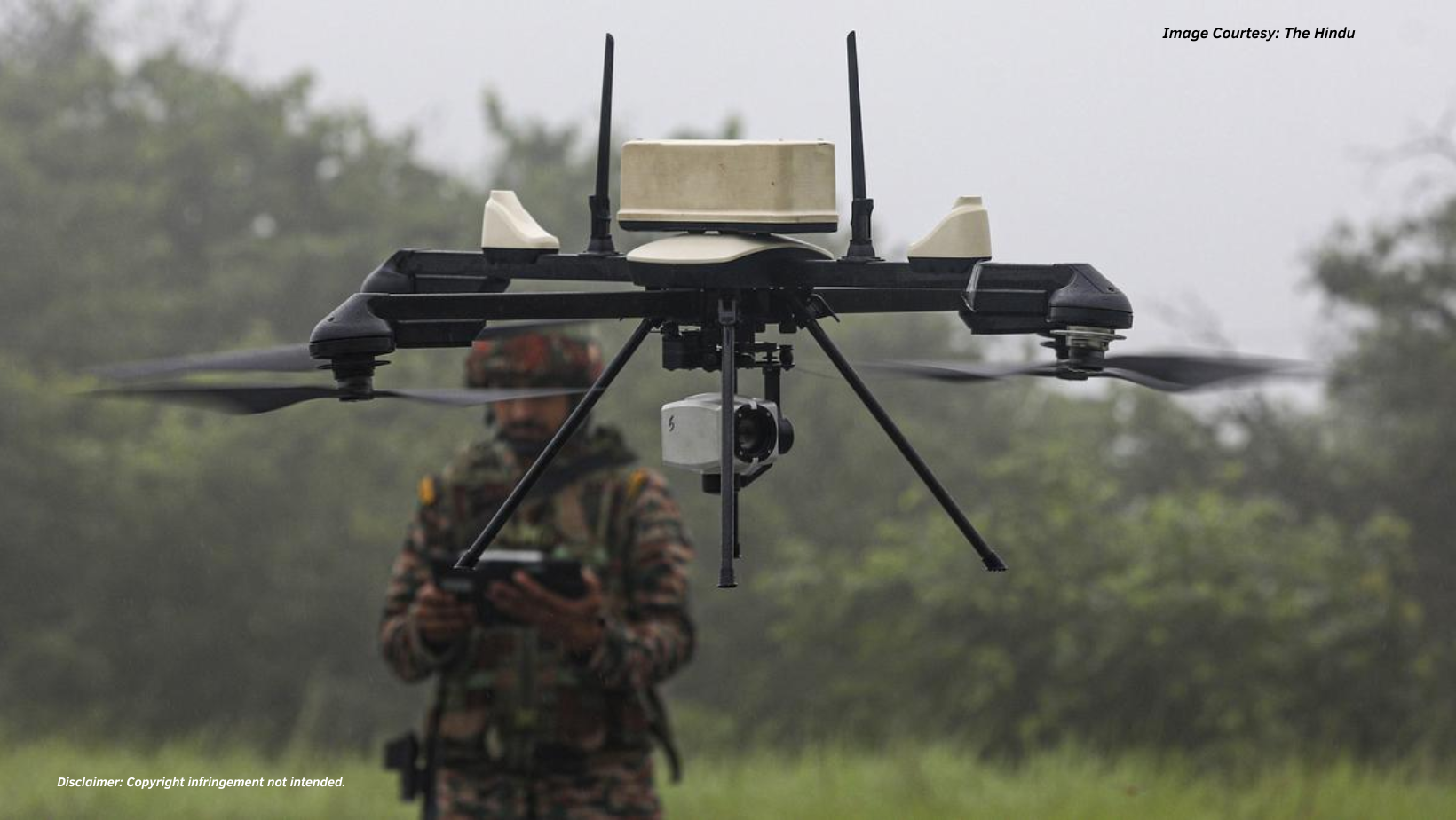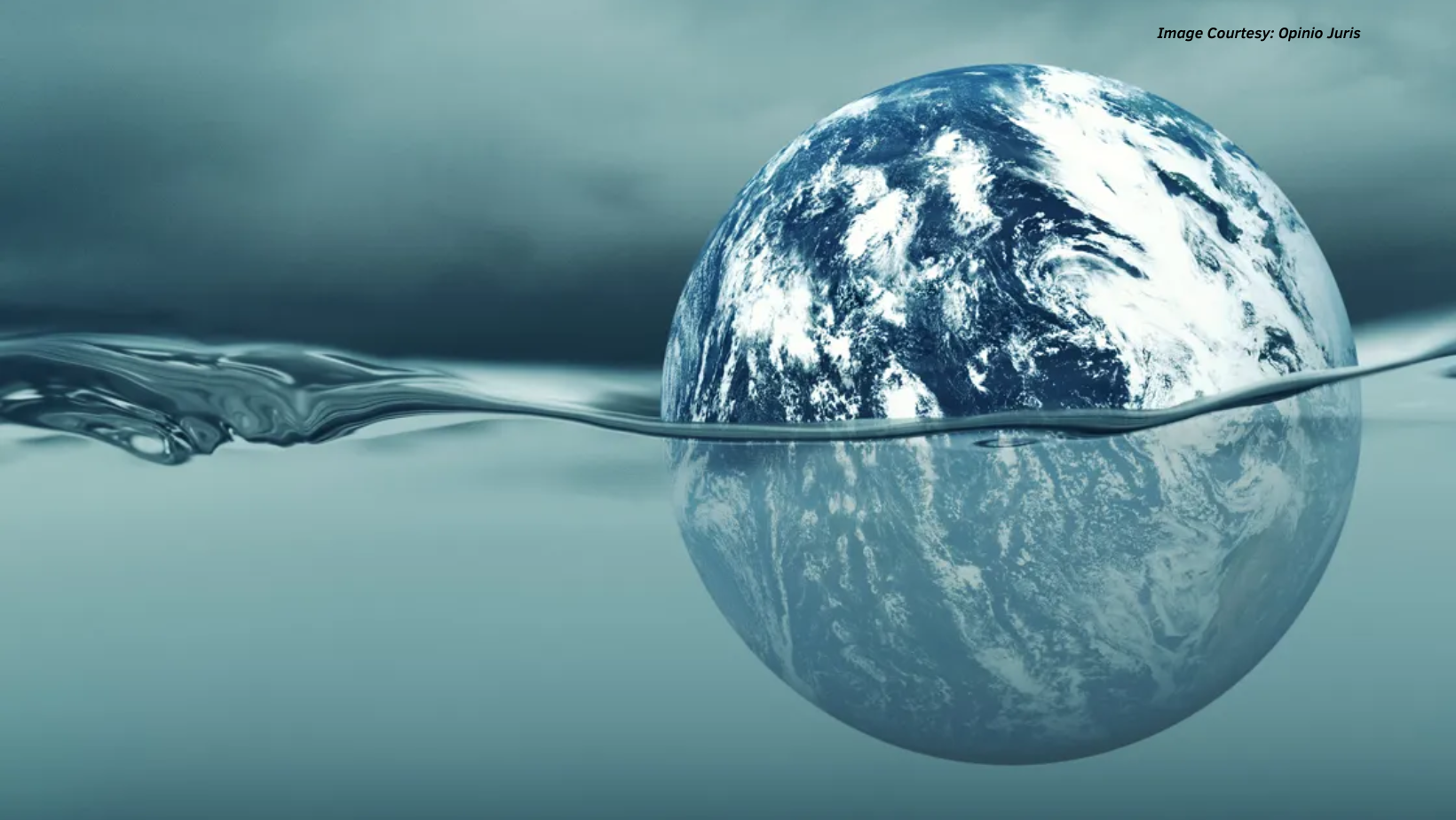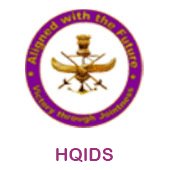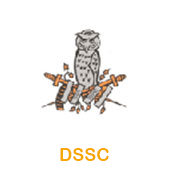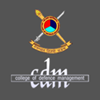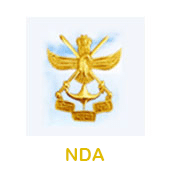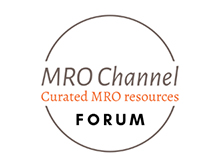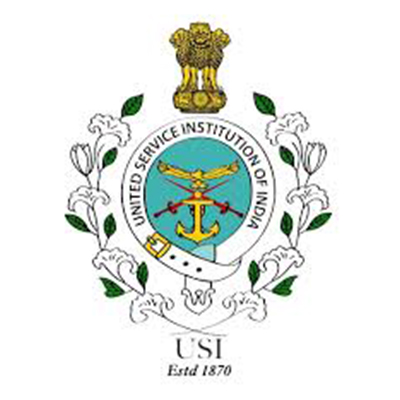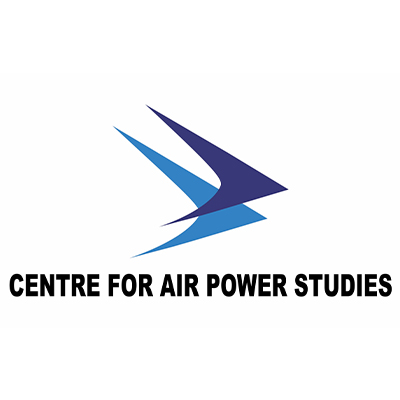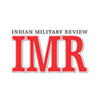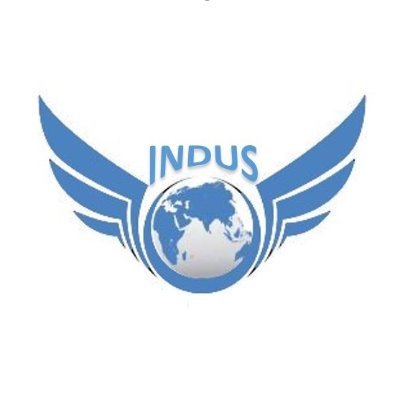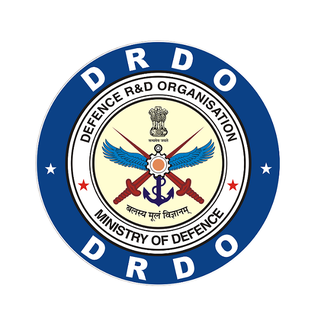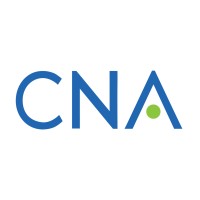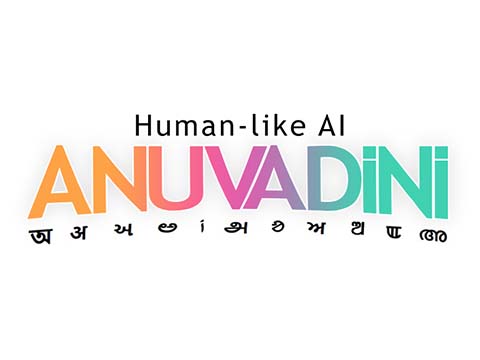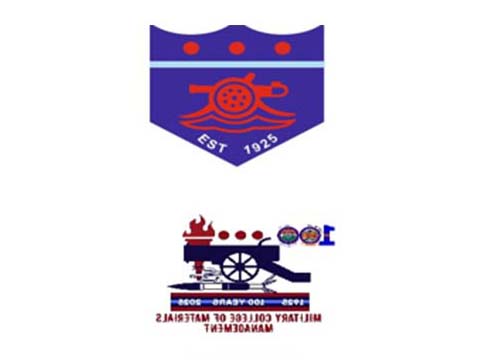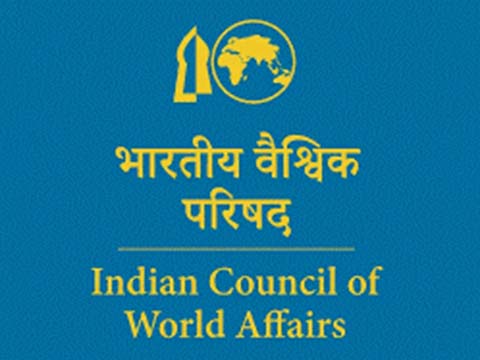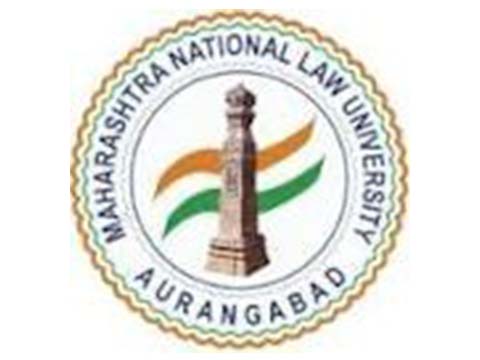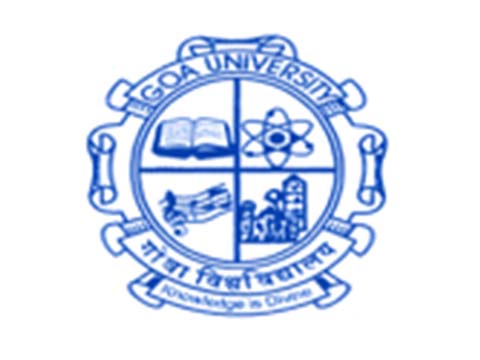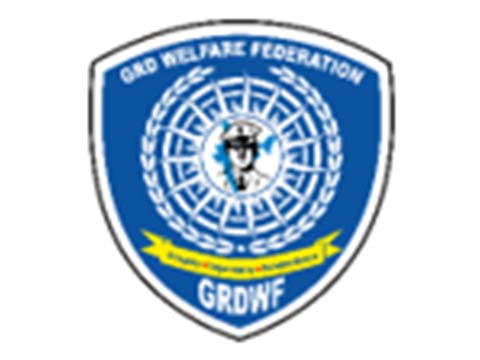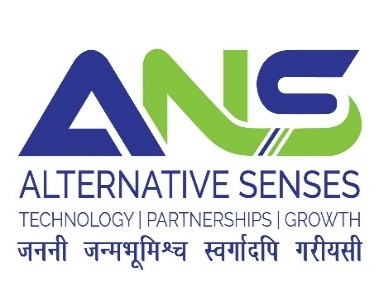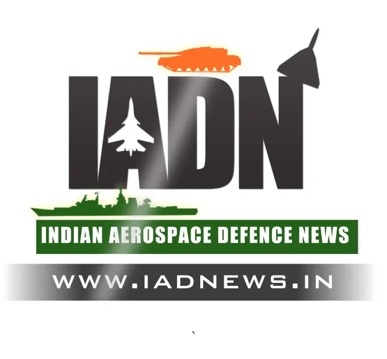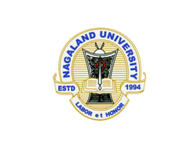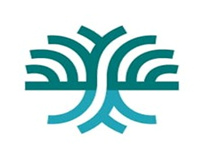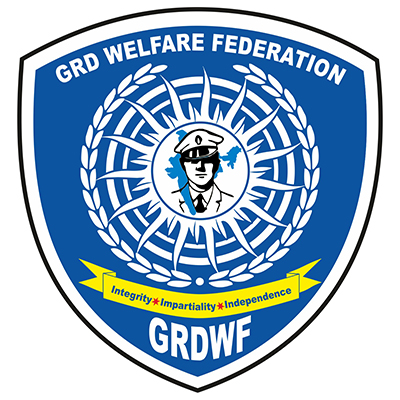Introduction
The continents of Asia and Africa have had long standing trade connections, preceding the colonial history of both. This history is often forgotten amidst the current fragmentation of narratives by various contemporary thinkers, however, timely efforts have been made, by numerous nations to sustain this relationship, not just for countering the western influence in both the regions, but also to reach their full potential through partners who have sustainable and long-term solutions to common problems both faces. East Africa has been since long a major player in global trade, connecting the areas of Middle East, Africa and Southeast Asia by the old Indian Ocean Trade Network, that has since long impacted the South Asian culture on the Swahili Coast.1 Keeping this in mind, it is not surprising that countries in both the regions have sustained connections with others, be it economic assistance or political support. This has changed into a major initiative of the last decade, by means of the Asia-Africa Growth Corridor (AAGC).
The corridor is made up of four main pillars, each of which shows an aspect that has led to enhancement of Asia-Africa relations, specifically the relation of India and Japan with different African nations, and have also demonstrated opportunities and untapped potentials in both the places for their part in the world economy. The AAGC is meant to help countries connect better and keep the Indo-Pacific free and open. Introduced in 2017 at the meeting of the African Development Bank in Gujarat, Prime Minister Modi along with the Japanese Prime Minister Shinzo Abe introduced the idea with the hopes of setting up a good plan for the partnership of both the continents for their full development.2 Its aim is to promote infrastructure development in African countries while simultaneously enhancing people to people connectivity while bearing in mind the Sustainable Development Goals (SDGs).3
AAGC’S PILLARS OF GROWTH
Development and Cooperation Projects: With 20% of Indian pharmaceutical enterprises operating in various African countries, India has already invested in huge amounts in the healthcare sector of the continent. This aspect of the project will include many sub-sectors like agriculture, agro-economic planning along with health and pharmaceuticals and disaster management. India has also been the 3rd largest investor of Africa’s healthcare industry and plans to expand its base in the region through the AAGC.4
This corridor seeks to draw substantial investments into the continent from both private enterprises aiming to expand their footprint in the region and from government bodies and international organizations. India and Japan plan to share their experiences of rapid economic growth with African countries through this initiative, focusing especially on areas like internet connectivity and manufacturing. African nations will play an active and central role in these projects, with their contributions and perspectives being more valued and integrated than in China’s Belt and Road Initiative (BRI), ensuring their involvement in every stage of planning.
Quality Infrastructure and Institutional Connectivity: Since 2017, India and Japan are working together by using India’s ‘Act East’ Policy and Japan’s plan to build better infrastructure. They want to connect Asia and Africa better. In 2017, they shared their plan for the AAGC, which talks about things like power supply, working with private companies, and a lot more.5 Funding from private sectors for things like connectivity are given more attention so as to let African companies to go ahead with their collaboration with Indian and Japanese ones, allowing them to be able to work together more in the future.
This project will keep in mind what African countries need for growth, based on their plan called Agenda 2063.6 The International Solar Alliance, of which India is a founding member, has endorsed about $2 billion in the form of financial assistance being offered on lower interest rates and with grace repayment time to produce solar energy projects.7 Enhancing Capacity and Skills: Under this, India attempts to upgrade the currently existing technological skills institutions and the students attending these centres. The country is famed for our experience in developing affordable and long-lasting mechanisms for the improvement of labour skills and technical know-how in various fields. This will take place in many different regions/sub-regions in varied African countries. This shall also include vocational training and the establishment of industrial training centres8 where, as mentioned before, students can learn the skills required for the growth of their nation and contribute meaningfully while also uplifting their expertise in their fields.
The Pan African e-Network Project (PAENP) is the most prominent example of India’s role in providing services such as tele-medicine and tele-education to about 48 African nations, alongside other developmental growth-oriented initiatives.9 With Japan providing quality technology and technical assistance and India contributing expertise in skill development and planning, the aim to achieve the ability to develop and sustain quality infrastructure can be realized under the AAGC.
People-to-People Partnership: The AAGC has taken a largely ‘people-centric’ approach to their project.10 It focuses on population development while providing high quality infrastructure, this will be done through the Geographical Simulation Model (GSM). Now, the GSM is highly data driven and has been developed over a period of time to accurately calculate economic gains at not just the national stage, but also the district stage.11 It estimates the monetary outcomes of an infrastructure project, not just on the country/region where the project is being developed, but also on the surrounding regions.
One core of this partnership is also the enablement of visas and people to people contact through tourism and cultural exchanges. The transfers of knowledge and education will be further given priority under this after programs let under enhancing capacities and skills.12 The AAGC also hopes to increase engagement between parties of various different fields, governments, think-tanks, universities, companies, start-ups and for being able to be exposed to new ideals and standpoints.
GEOPOLITICAL IMPLICATIONS OF AAGC
One of the main challenges in the realisation of AAGC is China’s Belt and Road Initiative (OBOR). While not explicitly stated, the corridor was partly conceived to counter belt and road in various African nations, unlike India and Japan’s vision and blueprint of AAGC, China takes a more dominant role in its projects in the continent, in this program, both the countries have put the African region with a consultative role, where it is fully involved and emerged in the developmental work being undertaken.13 Under China’s infamous debt diplomacy, it has given high interest loans to low-income African nations, which are used to finance high value projects which include railways, airports, ports etc. Nations accept these loans as other countries are usually not keen of putting in such big amounts of money in building facilities for transport, energy and a lot more in Least-developed nations (LDCs).14 This helps China, because 53 out of the 54 African nations have already signed BRI deals with it.
Many African companies are of the opinion that China has been using their resources unfairly and deceiving them in many areas. For eg., Chinese companies who usually does the project brings in their own workers and experts and ignore the local people when they tell them about the environment harms that happen.15 Also, China does not share complete details about what they are doing or what is going on, because of not having openness, many African countries are trying to look for other better partners, and that’s when AAGC comes into the picture.
But plans like the Asia-Africa Growth Corridor are difficult to be carried out smoothly. The main idea is to create a sea route that connects Africa to many other parts of Asia.16 This is tough, as various coastal countries such as Somalia, Mozambique, Cameroon and the Democratic Republic of Congo are all facing big problems within their own land, which makes it difficult to be involved in major projects, with corruption, internal fighting and weak governments becoming a problem in their development. Right now, only Tanzania is officially part of the AAGC, but it is surrounded by countries with problems like these, which makes it more difficult for this corridor to grow and reach other places.
INDIA’S STRATEGIC VISION FOR AFRICA
India’s intentions for the African nations stem out of largely post-colonial relations, as new nation-states in the world, India wanted a free and inclusive world order for the global south, which included all rounded development for all. With China’s intrusion into the continent on such a large scale, India wants to continue with its position as a trusted partner of various African countries, and has made significant efforts to do so by measures such as the India-Africa Forum Summit, although the forum has been dormant since 2015, numerous other initiatives like the India-Africa Defence Dialogue and the CII India-Africa Business Conclave were held with great importance.17
Under the Indian Development and Economic Assistance Scheme (IDEAS) via the Exim Bank of India, the Government of India has provided 196 Concessional Line of Credit (LOCs) to 42 African countries which amount to about $12 Billion.18 Since Prime Minister Modi’s inception, he has undertaken a considerable number of trips to multiple African countries to deepen bilateral relations. During India’s G20 presidency, the country achieved widespread respect of the African continent by welcoming the African Union (AU) to join the intergovernmental organisation. India has been a member of the African Development Fund (ADF) and of the African Development Bank (ADB) since 1982 and 1983 respectively. Through these, India has contributed an upward of $17 million for various developmental schemes and growth aimed frameworks.19
The Kampala Principles20 brought out by Prime Minister Modi in July of 2018 at his state visit to Uganda, in which the first principle clearly accorded Africa as India’s top priority, also recounts the amity of African nations and India during the decolonisation struggle, which has further outlined several areas, such as climate change.21 The Indian Ocean Rim Association (IORA), formulated jointly by South Africa and India signifies the latter’s aspirations for maritime security which extends to ensuring free and open waters, which is stated in the principles.212 Enhancing Africa’s agricultural capabilities is also a major aspect, where the South Asian giant will be fully involved with Africa to assist in their development. Africa has been raved with instability elements since the conception of the countries, under these principles, India, along with being one of the largest contributors to the UN Peacekeeping Forces, has also established their commitment to fight against terrorism and militancy in the region. India’s Global South Vision encompasses elements like greater trade, which will augment economic cooperation, further multilateralism between various global south nations, and promote and strength India as a leader of South-South Cooperation.
CONCLUSION
The Asia-Africa Growth Corridor (AAGC) has demonstrated itself to be an ideal, which if brought to reality would prove to be a highly viable project, generating not just revenue but ample and quality infrastructure, invoking a digital revolution which boosts connectivity, along with promoting the manufacturing industries in both India and the various African nations. Japan has been hosting The Tokyo International Conference on International Development (TICAD) since October of 199323 which signifies its commitment to provide capabilities of various arenas to Africa, especially since the end of the Cold War. Japan has improved its connection with the continent by initiating major projects such as the Nacala Corridor in Mozambique.24 Bilateral relations between India and Japan have further deepened with their collective effort to connect to not just the African governments, but also local businesses and populations, it is time to revitalise this project, along with having the 4th India-Africa Forum Summit (IAFS), to foster multilateral trust and understanding between some of the most rapidly developing countries in the southern hemisphere.
DISCLAIMER
The paper is author’s individual scholastic articulation and does not necessarily reflect the views of CENJOWS. The author certifies that the article is original in content, unpublished and it has not been submitted for publication/ web upload elsewhere and that the facts and figures quoted are duly referenced, as needed and are believed to be correct.
References
“The Swahili Culture | World Civilization.” n.d. https://courses.lumenlearning.com/suny-hccc-worldcivilization/chapter/the-swahili-culture/.
Gupta, Prithvi. 2025. “Revitalising the Asia-Africa Growth Corridor.” Orfonline.Org. February 21, 2025. https://www.orfonline.org/expert-speak/revitalising-the-asia-africa-growth-corridor.
Puri, Hardeep S, Hidetoshi Nishimura, Research Team, Amar Sinha, Neena Malhotra, Hirofumi Katase, Yasuhiko Yoshida, et al. n.d. Asia Africa Growth Corridor Partnership for Sustainable and Innovative Development: A Vision Document. Edited by RIS Publication Unit. Asia Africa Growth Corridor. https://www.eria.org/Asia-Africa-Growth-Corridor-Document.pdf.
“India Has Strong Credentials to Meet Africa’s Health System Requirements.” n.d. https://indiaafrica.net/india-has-strong-credentials-to-meet-africas-health-system-requirements/.
Panda, Jagannath and Institute for Security & Development Policy. 2017. “The Asia-
Africa Growth Corridor: An India-Japan Arch in the Making?” Focus Asia. Vol. No. 21. https://isdp.eu/content/uploads/2017/08/2017-focus-asia-jagannath-panda.pdf.“Goals & Priority Areas of Agenda 2063 | African Union.” n.d. https://au.int/en/agenda2063/goals.
“An Aisle of Opportunity: The Asia Africa Growth Corridor.” 2020. Diplomatist. June 27,
2020. https://diplomatist.com/2020/06/27/an-aisle-of-opportunity-the-asia-africa-growth-corridor/.Puri, Hardeep S, Hidetoshi Nishimura, Research Team, Amar Sinha, Neena Malhotra, Hirofumi Katase, Yasuhiko Yoshida, et al. n.d. Asia Africa Growth Corridor Partnership for Sustainable and Innovative Development: A Vision Document. Edited by RIS Publication Unit. Asia Africa Growth Corridor. https://www.eria.org/Asia-Africa-Growth-Corridor-Document.pdf.
Pan African e-Network Project (PAENP) and M/s. TCIL. 2013. “Pan African e-Network
Project (PAENP).” https://www.mea.gov.in/images/pan-african-e-docx-for-xp.pdf.Thankachan, Shahana “INDIA-JAPAN ASIA AFRICA GROWTH CORRIDOR: AN
ASSESSMENT.” 2017. National Maritime Foundation. July 3, 2017. https://maritimeindia.org/india-japan-asia-africa-growth-corridor-an-assessment/.Kumagai, Satoru, and Ikumo Isono. 2022. “Geographical Simulation Analysis.” In The Comprehensive Asia Development Plan 3.0 (CADP 3.0): Towards an Integrative, Innovation and Sustainable Economy, edited by ERIA, 211–33. ERIA. https://www.eria.org/uploads/media/Books/2022-CADP-3/11_ch.7-Geographical-Simulation-Analysis.pdf.
Puri, Hardeep S, Hidetoshi Nishimura, Research Team, Amar Sinha, Neena Malhotra, Hirofumi Katase, Yasuhiko Yoshida, et al. n.d. Asia Africa Growth Corridor Partnership for Sustainable and Innovative Development: A Vision Document. Edited by RIS Publication Unit. Asia Africa Growth Corridor. https://www.eria.org/Asia-Africa-Growth-Corridor-Document.pdf.
Panda, Jagannath and Institute for Security & Development Policy. 2017. “The Asia-Africa Growth Corridor: An India-Japan Arch in the Making?” Focus Asia. Vol. No. 21. https://isdp.eu/content/uploads/2017/08/2017-focus-asia-jagannath-panda.pdf.
Kumar, Hanna Sunny & Dr. Karamala Areesh. 2024. “China’S Debt Trap in Africa: A Comprehensive Analysis.” The Geopolitics. November 23, 2024. https://thegeopolitics.com/chinas-debt-trap-in-africa-a-comprehensive-analysis/.
Venkateswaran, L. 2023. “China’s Belt and Road Initiative: Implications in Africa.” Orfonline.Org. December 4, 2023. https://www.orfonline.org/research/chinas-belt-and-road-initiative-implications-in-africa.
“Partners in Progress: India and Japan’s Joint Pathway for Africa’s Development – Indic.” n.d. https://indicrf.org/article/geopolitics-and-ir/partners-in-progress-india-and-japans-joint-pathway-for-africas-development.
Amaresh, Preethi, 2020b. Diplomatist. June 27, 2020. https://diplomatist.com/2020/06/27/an-aisle-of-opportunity-the-asia-africa-growth-corridor/.
“Lines of Credit for Development Projects.” n.d. Ministry of External Affairs, Government of India. https://www.mea.gov.in/Lines-of-Credit-for-Development-Projects.htm#:~:text=GoI%20has%20extended%20196%20LOCs,States%20at%20US%24%201.84%20billion.
Bank, African Development. 2019. “India.” African Development Bank – Building Today, a Better Africa Tomorrow. April 1, 2019. https://www.afdb.org/en/countries/non-regional-member-countries/india.
Viswanathan, H.H.S., Abhishek Mishra, and Observer Research Foundation. 2019. “The Ten Guiding Principles for India-Africa Engagement: Finding Coherence in India’s Africa Policy.” ORF OCCASIONAL PAPER 200 (June):
14. https://www.orfonline.org/public/uploads/posts/pdf/20230725183847.pdf.Ibid
“Indian Ocean Rim Association | Iora.” n.d. https://www.iora.int/indian-ocean-rim-association.
“Tokyo International Conference on African Development – TICAD.” n.d. UNDP. https://www.undp.org/africa/ticad.
Beri, Ruchita, RIS, AAGC, and Institute of Defence Studies and Analyses (IDSA). 2017. “AAGC: Towards India-Japan Development Cooperation in Africa.” https://www.ris.org.in/sites/default/files/Publication/DP%20213%20Ruchit
a%20Beri_0.pdf.
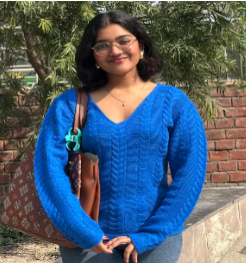
Ms. Tarasha Gupta
is a Research Intern at CENJOWS

